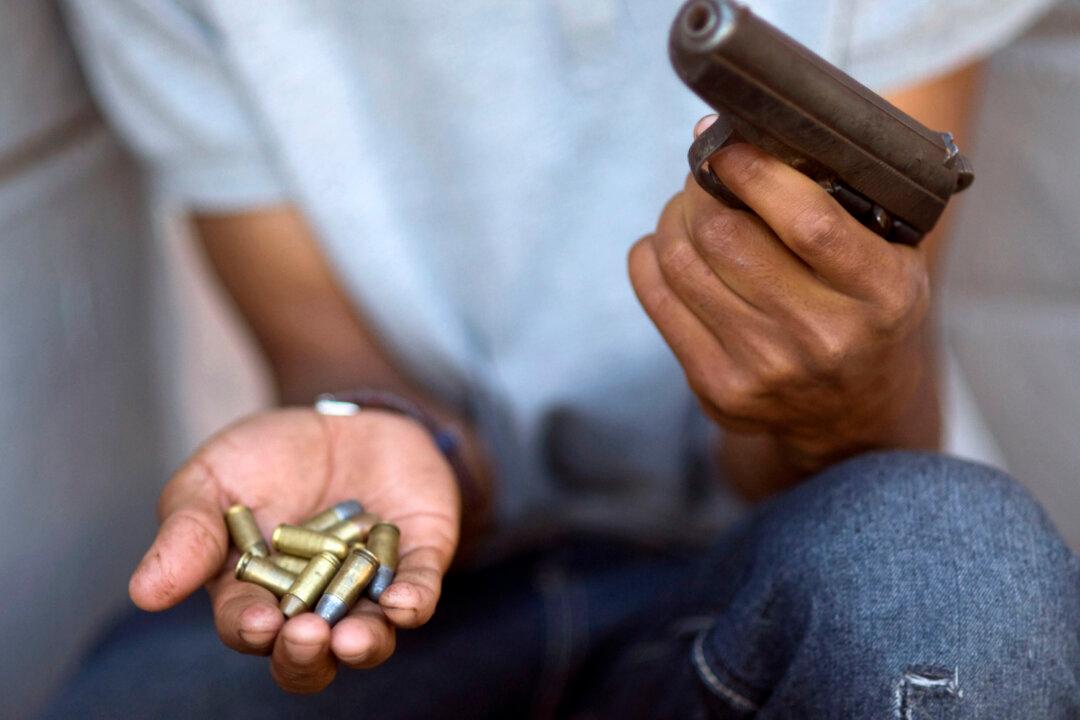Commentary
“I pulled the trigger” was a bold confession by mass shooting suspect Robert Crimo III following the tragic shooting of seven unarmed people at last year’s Fourth of July picnic in Highland Park, Wisconsin.

“I pulled the trigger” was a bold confession by mass shooting suspect Robert Crimo III following the tragic shooting of seven unarmed people at last year’s Fourth of July picnic in Highland Park, Wisconsin.